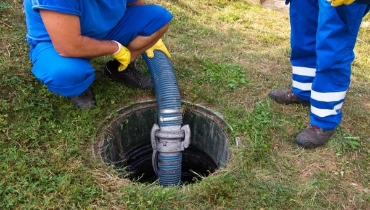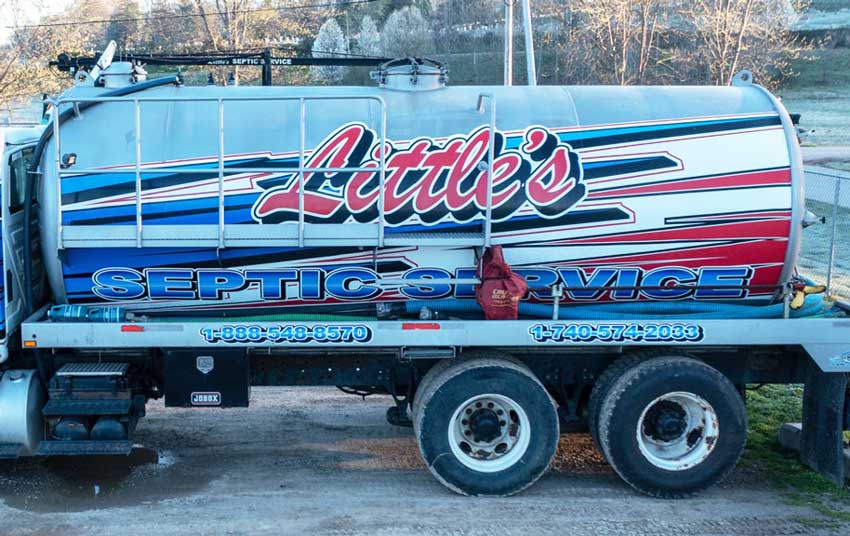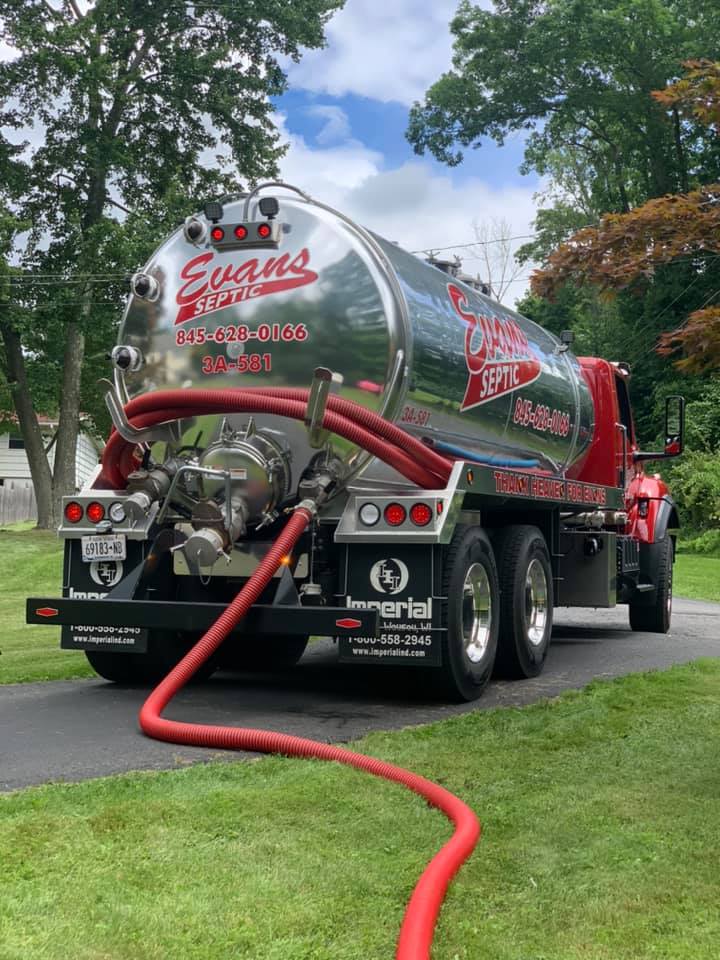What Does Stillwell Septic And Grading Do?
What Does Stillwell Septic And Grading Do?
Blog Article
Some Known Incorrect Statements About Stillwell Septic And Grading
Table of ContentsRumored Buzz on Stillwell Septic And GradingThe Basic Principles Of Stillwell Septic And Grading The Best Guide To Stillwell Septic And GradingThe smart Trick of Stillwell Septic And Grading That Nobody is DiscussingThe Main Principles Of Stillwell Septic And Grading The 30-Second Trick For Stillwell Septic And GradingNot known Details About Stillwell Septic And Grading
In general, sewage-disposal tank setup is an intricate process that requires cautious planning and execution. House owners must work with a trusted installment team and understand local regulations and needs to make sure that their septic system works effectively for years ahead. After the septic tank has actually been installed and linked to the drain area, it is time to backfill the location.The backfill material ought to be without clods, big rocks, icy issue, and particles that can lead to voids in the backfill that might allow working out gradually. Squashed rock or pea gravel 1/2-inch in diameter is chosen if indigenous products are not ideal. As soon as the backfilling is full, it is time to landscape the area.
When the septic system has actually been mounted, it is essential to evaluate it to make sure that it is working appropriately (Septic Installers). https://stillwellsag.start.page. Evaluating the system includes inspecting for leaks, making sure that the storage tank is at the proper level, and examining the drain field. One of the most usual tests done is the hydraulic lots test
Some Known Details About Stillwell Septic And Grading
The water is after that checked to ensure that it streams appropriately through the pipelines and right into the drain field. If the water does not flow correctly or backs up right into the container, it might suggest a trouble with the system. One more test that is generally carried out is the dye test.
The dye is after that kept track of to ensure that it moves appropriately with the pipes and right into the drain field. If the color does not stream correctly or appears in the incorrect place, it may indicate an issue with the system. It is necessary to have an expert carry out these tests to make sure that they are done properly.

The Ultimate Guide To Stillwell Septic And Grading
Here are some vital pointers for property owners to preserve their septic system: The ordinary house septic tank need to be inspected at least every three years by a septic service professional. The frequency of pumping depends on the dimension of the container and the number of people using it. https://www.provenexpert.com/stillwell-septic-and-grading/. A basic general rule is to pump the storage tank every three to five years
Making use of water-efficient fixtures and devices, such as low-flow showerheads and commodes, can reduce water use and assist the septic system work much more efficiently. Only flush toilet tissue and human waste down the toilet. Avoid flushing anything else, including feminine hygiene products, infant wipes, and cooking oil, as they can obstruct the system.
The Buzz on Stillwell Septic And Grading
Septic system installment is an intricate process that requires mindful preparation and execution. Property owners should recognize the essential steps associated with the installation process to guarantee that their septic tank operates properly and effectively. The primary step is to examine the website where the septic system will certainly be set up.
The dirt type will affect exactly how rapidly wastewater is absorbed and filteringed system. Once the website has been examined, the next action is to prepare for the setup. This entails obtaining the essential licenses and evaluations, as well as choosing the appropriate service provider for the task. Home owners must make sure that their contractor is experienced in sewage-disposal tank installment and will function together with them throughout the procedure.
Getting My Stillwell Septic And Grading To Work

Home owners Septic Tank Installation must recognize the needed actions involved in the setup procedure to make certain that their septic tank functions correctly and effectively. By complying with these steps and maintaining their system, homeowners can relax assured that their septic system will give trustworthy wastewater treatment for several years ahead.
Nearly one in five United state homes have septic systems. If you're not correctly preserving your septic system, you're not just injuring the environment, you're placing your family members's health and wellness at riskand might be purging thousands of dollars down the drain!
The Stillwell Septic And Grading PDFs

All that additional water can actually stress your septic system. This can be practical particularly if your system has not been pumped in a lengthy time.
The Of Stillwell Septic And Grading
Know your system's location. When you have the container pumped, draw a diagram or map revealing its area in relation to repaired points - edges of the home, steps, or fence articles.
Lower the amount of wastewater that should be treated and disposed of by your system: Laundry no even more than one or two tons of clothing daily. Up to 53 gallons of water flooding your septic system with each tons, so it's finest to spread laundry out over the week.
Report this page